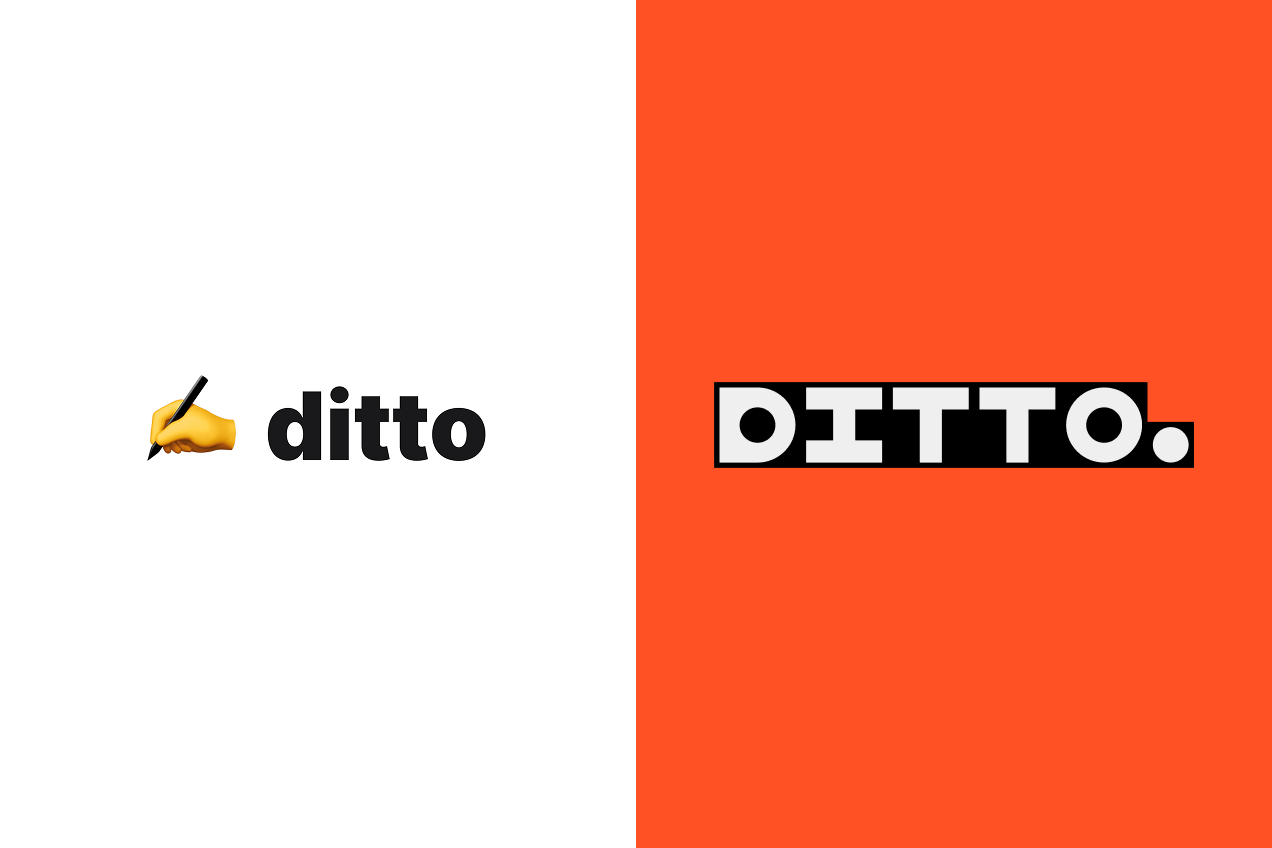This is the third article of a three-part series from Ian Richards, Strategic Content Designer and AI & UX Strategy Lead. To start, check out part one on the power shift happening in content design, and part two on knowing how ready your organization is for AI.
–
When most teams talk about AI, they default to one word: efficiency.
“AI can draft emails.”
“AI can summarize meetings.”
“AI can spit out 50 versions of the same message.”
And yes, it can. But if that’s all you’re using it for, you’re missing the point. Efficiency is the floor. Collaboration is the ceiling.
Efficiency Is the Bare Minimum
Here’s what happens when you only use AI for efficiency:
You get faster drafts, but not better outcomes.
-> Speed hides weak thinking. The content looks finished before the logic ever was.
You flood the system with content, but not clarity.
-> Teams start chasing throughput instead of purpose — shipping more words, but saying less.
You confuse speed with strategy.
-> Velocity without direction isn’t progress; it’s just motion.
That’s not transformation. That’s task automation.
And let’s be honest — efficiency has already been weaponized. We’ve all seen companies equate “faster” with “better,” only to end up with more noise, weaker trust, and burned-out teams. AI risks supercharging that same mindset if left unchecked.
This is where content designers — and tools like Ditto — change the equation. Efficiency may generate words. Collaboration shapes meaning. Ditto grounds AI’s speed inside real flows, reviews, and systems, so content isn’t just faster — it’s aligned.
Because efficiency is the floor.
Collaboration — human strategy + AI acceleration, anchored by systems — is the ceiling.
Collaboration Unlocks a New Skill Level
Collaboration with AI isn’t just about prompting better — it’s about designing relationships with the machine. Think of AI less like a tool and more like a partner in a design sprint.
- Exploration partner: Surfaces options you wouldn’t have considered, forcing sharper decisions.
- Example: using AI to reframe a flow from a user’s emotional POV, not just task logic.
- Diagnostic mirror: Exposes contradictions in your flows — it “tells on the system” when your prompts produce noise.
- If AI keeps breaking your style guide, it’s showing you where your rules don’t hold up in practice.
- Amplifier: Scales what you already do well. Strong at structure? AI multiplies it. Strong at storytelling? AI expands it.
The collaboration works because you decide where to lead and where to lean. AI adapts to your instincts, not the other way around. That’s what makes every designer’s AI unique.
Collaboration becomes a skill, not a shortcut — one that blends creative instinct with systemic awareness.
How to Collaborate Effectively
Real collaboration looks like this:
- Ask better questions. Not perfect prompts, but messy ones that surface blind spots.
- Keep context central. Tools like Ditto ground AI outputs in actual flows, reviews, and systems — not in isolation.
- Decide with intention. Let AI widen the field; use your expertise to narrow it.
- Audit your blind spots. AI can accelerate bias as easily as it accelerates copy. Guardrails matter.
If you want to see collaboration in action, think about a UX writer using Ditto to sync AI-generated microcopy directly into design systems. It’s not about faster drafts; it’s about feedback loops that keep humans in control of meaning. That’s collaboration made visible.
The Shift
If you treat AI like a shortcut, it will disappoint you.
If you treat AI like a collaborator, it will change you.
Because efficiency saves time. Collaboration builds capacity. The future of content design isn’t about doing the same work faster. It’s about doing different, deeper work — with AI at your side.




.png)

